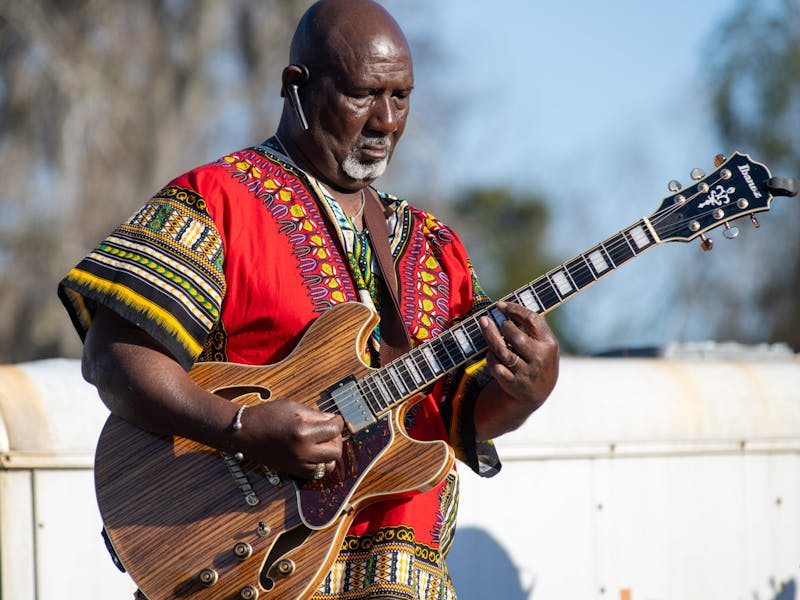It's a good time to look back at the 70s. Those years brought increasingly urgent calls for environmental conservation, disenfranchised social groups that struggled for increased rights, prolonged wars carried on indefinitely and hostility increased each day between the government and the people. Then: it was the first Earth Day, Civil Rights and Native American movements, Vietnam, Watergate. Not much needs to be said about now. It is safe to state that now is felt by all of us. For many it is a time of uncertainty and even fear. Anxiety is something we carry, gathering more over time or finding hope to fight it. At the Columbia Art Museum’s retrospective, the historical context provided by curator Catherine Walworth springs those parallels between that time and our own.
One would think that in as turbulent a time as the 70s, the art would fairly scream, reflecting a deep uncertainty for the future and fear in the face of change. While I am sure it was somewhere, examining the exhibit, I was surprised by a mood entirely different. There were vibrant colors and experimental forms. K. David Brown’s “Basket” depicts a woman, clad in an ultra-modern mini-skirt. She has been drawn in outline, carrying a cheerful basket of flowers. This best represents the optimism felt throughout the art.
The exhibit also highlights the era’s return to domestic crafts, which had fallen to the wayside with the advent of television. This period saw a subversive elevation of handicrafts into artistic forms. The 70’s were full of weavers and pottery makers, crafters returning to a simplicity of life that Madison Avenue and modernity had tried to talk them out of. The collage “I Dreamed I Ran for Governor” by Alice Hendrickson appears, to the undiscerning, only a kitschy kitchen-table project. Closer inspection reveals that it weaves a careful narrative of Lurleen Wallace’s complex rise to become the first female governor of Alabama. Far more than scraps, the collage presents a nuanced statement on America’s past, gender and a woman trying to find her voice.
The year 1976 saw the Bicentennial, calling a review of the past two hundred years of the American experiment. Several of the pieces were prints from the Kent Bicentennial Portfolio: Spirit of Independence, commissioned to commemorate this event. The prints included range from garish patriotic ephemera, to early female activists, to contemplative statements of race. Fritz Scholder’s “Bicentennial Indian” sits in repose, draped with care in an American flag, looking weary but unbroken. These pieces suggest an imperfect America, but one seeking redemption, still in reach of its dream.
In the face of today’s hate and anger, living in a society where people once again find themselves isolated by technology, one might see that the same problems have persisted, and lose hope. The abstract print of Alexander Calder bears the text “OUR UNFINISHED REVOLUTION.” We have inherited the struggle of this decade, but the images here provided a needed reminder of another legacy: hope.



